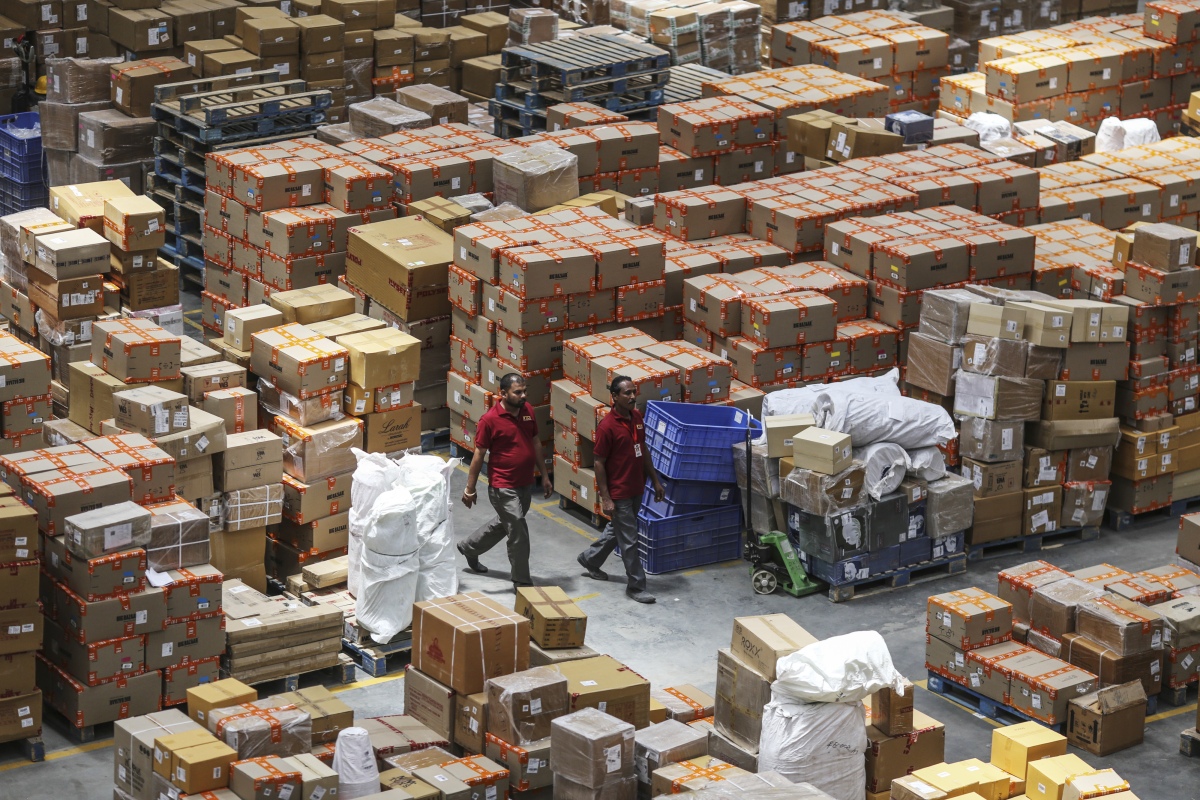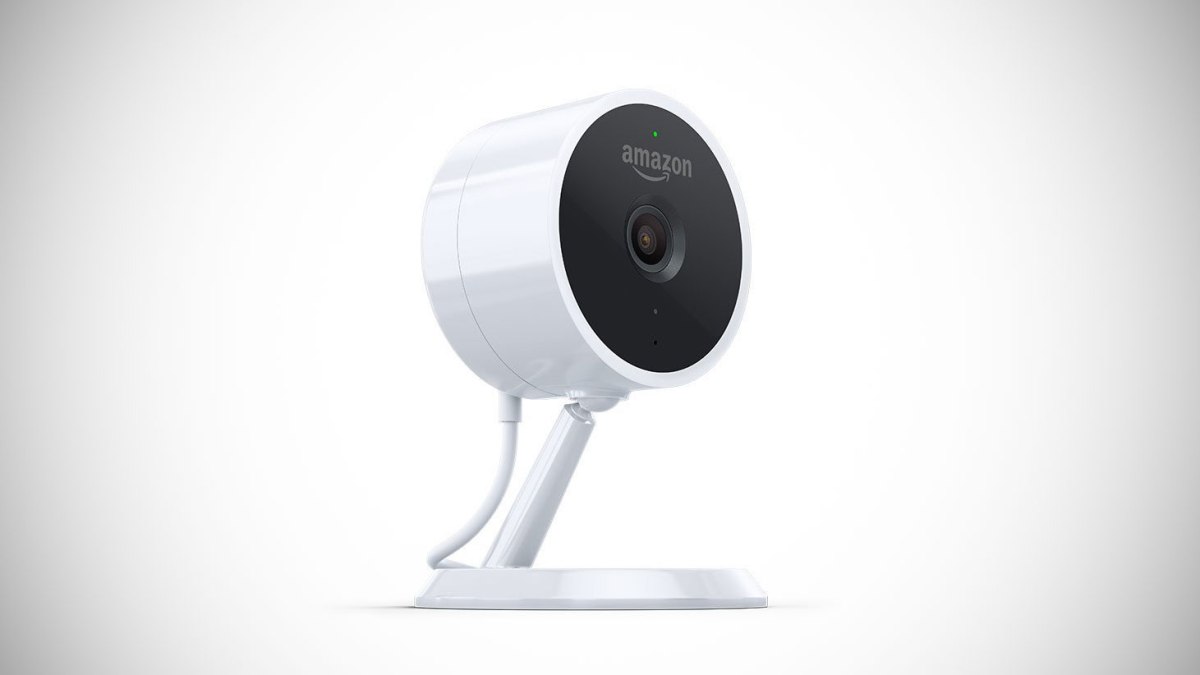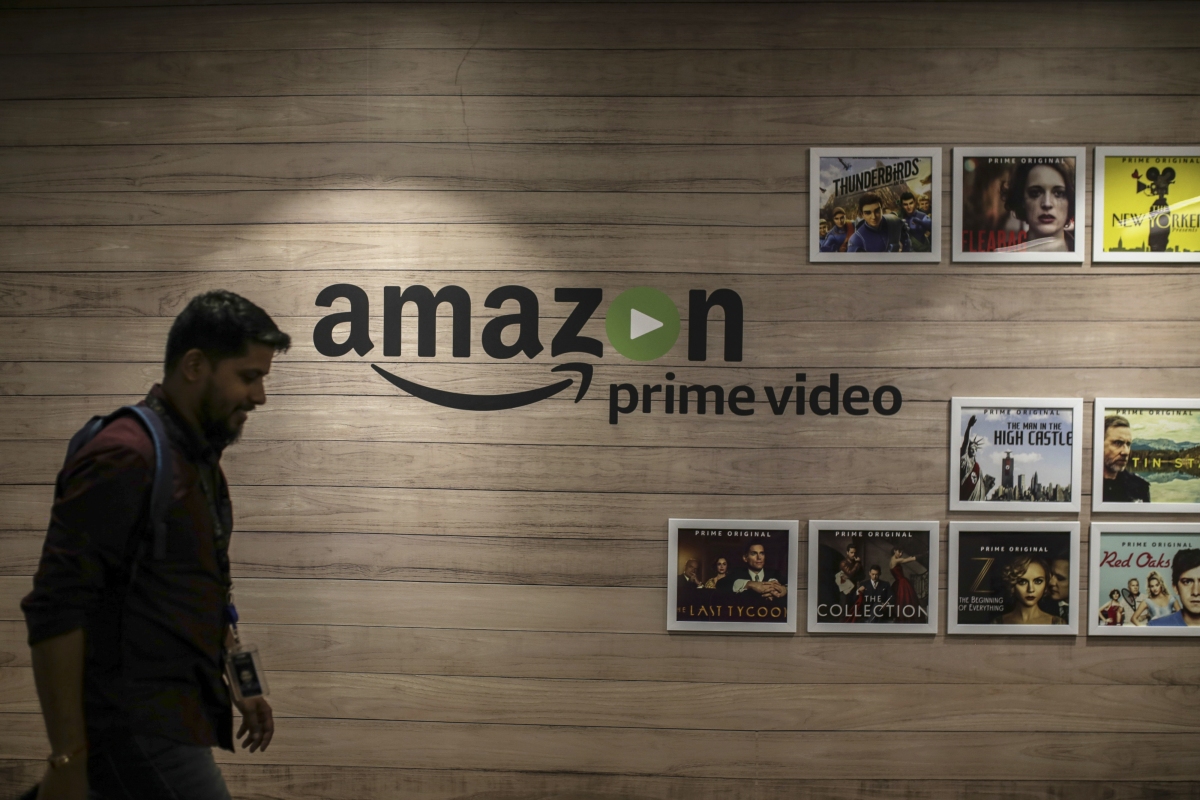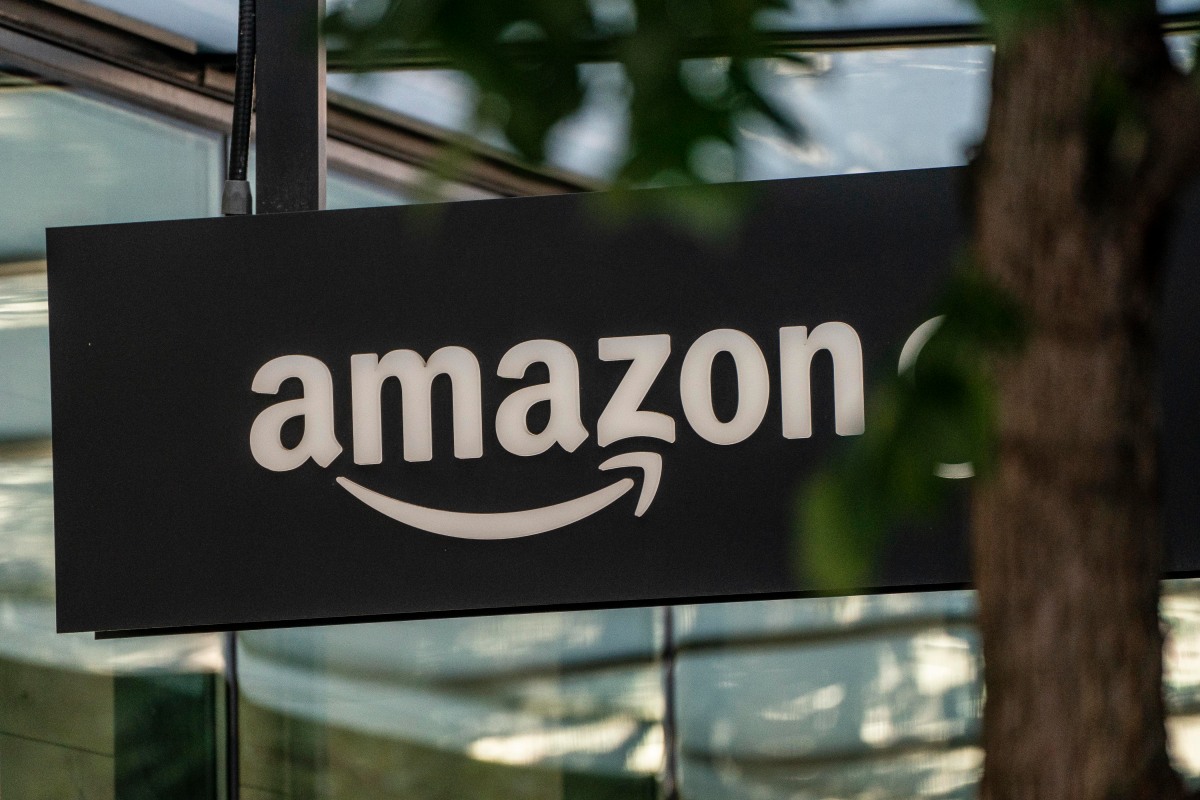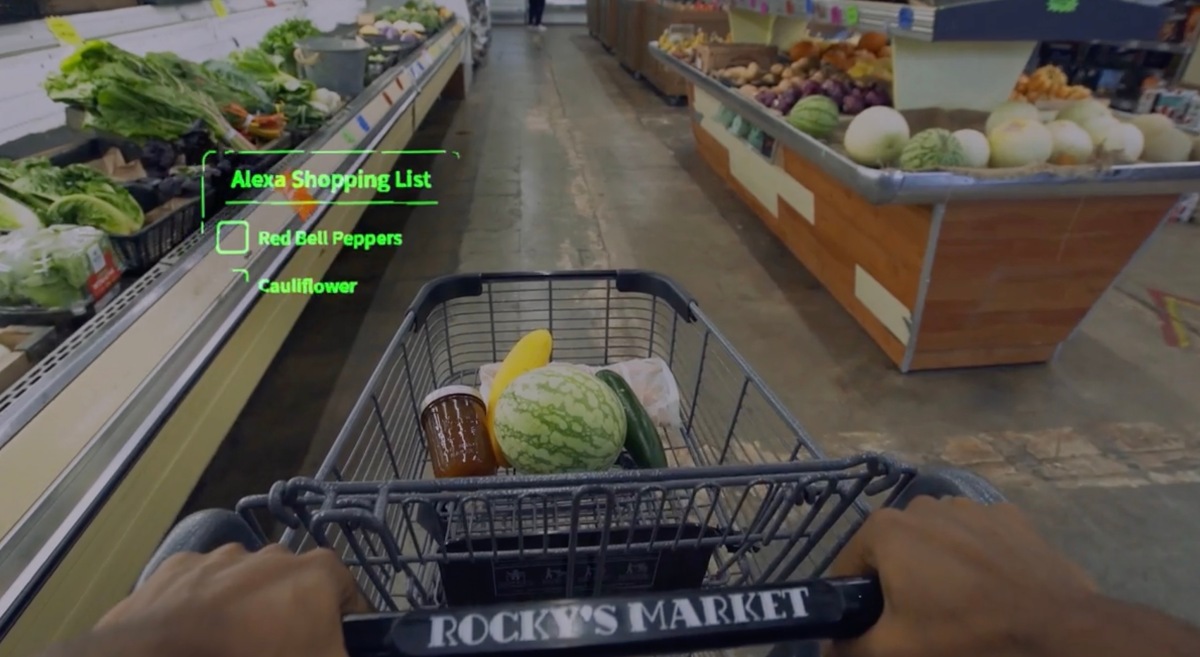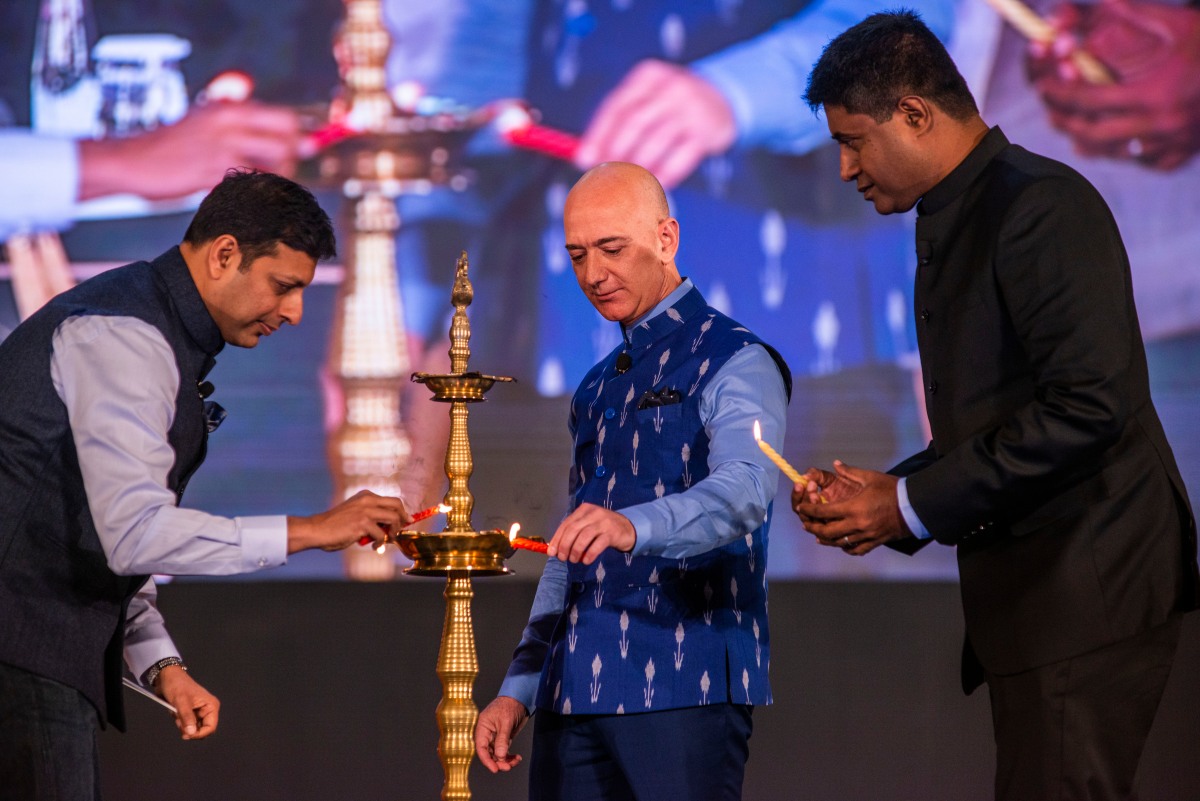Snap has landed a notable new partner for its augmented reality-powered Virtual Try-On shopping experience with today’s news that Amazon will now offer Snapchat users the ability to digitally try on eyewear styles from a range of popular brands. The new partnership between Amazon Fashion and the social app maker will see brands including Maui Jim, Persol, Oakley, Ray-Ban, Costa Del Mar and others made available for virtual try-on to Snapchat’s 363 million daily active users, the retailer says. The launch will see dozens of new Shopping Lenses made available across categories like sunglasses, reading glasses and seasonal glasses. The partnership is one of several that have followed Snap’s investments in AR shopping, where it has this year rolled out a number of upgrades to better appeal to retailers and brands, including the ability to update product information and pricing in real time, access better analytics and more easily create AR Shopping Lenses, among other things. Other brands that have leveraged Snapchat’s AR Shopping Lenses have included MAC Cosmetics, Ulta Beauty, American Eagle, Puma, Chanel, Walmart, LVMH, eyewear brands Goodr and Zenni Optical, and recently, for Halloween, costume company Disguise. Over the last year, Snap says 250 million Snapchat users have engaged with its AR Shopping Lenses more than 5 billion times. Image Credits: Snap/Amazon To create the AR shopping experience for Amazon, Amazon used Snap’s self-service creation system in Lens Web Builder, which allowed for scalable AR asset creation by using Amazon’s existing 3D models. If the Amazon products’ prices change or an item goes out of stock, the Lenses will be automatically updated in real time, notes Snap. Shopping Lens creation is an area where Snap has been working to improve its technology. Earlier this year it updated its Lens Web Builder that allowed bands to create shopping Lenses in a matter of minutes. This April, Snap announced it would begin offering retailers access to a new AR image-processing technology in its 3D asset manager that makes it easier and faster to build AR shopping experiences. The process uses AI and the brand’s own photography to turn standard photos into AR assets, Snap explained at the time. To access the new Amazon AR shopping feature, Snapchat users can find the new Lenses on the @amazonfashion public profile on the Snapchat app, through Snap’s Lens Explorer, through the new “Dress-Up” tab featuring AR shopping experiences and through the Snap Camera Lens Carousel. When users discover a pair of glasses they like, they can tap on a link at the bottom of the screen to make a purchase. This directs them to the Amazon app on their phone to check out. Snap does not receive a commission on these sales, we understand. Image Credits: Snap/Amazon Amazon also notes that Snapchat users will now be able to browse thousands of eyewear products in the Amazon Fashion “store” tab on its profile, though these will not be AR-enabled. Image Credits: Snap/Amazon While the AR shopping experience is starting with eyewear, it will be the first of more Amazon AR shopping experiences on Snapchat still to come. We understand the broader plan is to kick off the partnership with eyewear but expand into other categories in the months ahead. Snap also suggests this is the case in its public statement: “With the combined innovation and technology between Snap and Amazon, we are unlocking exciting and fun new try-on experiences for hundreds of millions of Snapchatters,” said Ben Schwerin, SVP of Partnerships at Snap, in an announcement. “AR eyewear is just the first step in our partnership, and we can’t wait to continue our innovation together,” he added. Amazon also noted it has already invested in AR shopping experiences itself and sees Snap as an extension of those efforts. “Millions of customers regularly use Amazon’s AR shopping technology across categories in our stores, with Virtual Try-On for Eyewear being a long-time customer favorite,” stated Muge Erdirik Dogan, president of Amazon Fashion. “We are delighted to partner with Snapchat and further expand AR shopping for both fashion brands and today’s new generation of digital shoppers.” Neither company would comment on the expected duration of their newly established partnership. This is not Amazon’s first foray into AR shopping. Recently, Amazon announced its own expansion in AR shopping with the June 2022 launch of a new virtual try-on experience for shoes, available to consumers in the U.S. and Canada in the Amazon iOS app. Using the feature, app users could shop for shoes from brands like New Balance, Adidas, Reebok, Puma, Saucony, Lacoste, Asics and Superga. Prior to this, Amazon had only dabbled in AR shopping, having experimented in areas like AR for furniture shopping and sillier things, like AR Stickers or AR features on its seasonal shipping boxes. It’s not clear if AR is leading to a sizable increase in conversions through Amazon’s own efforts, however, as we’d likely see more AR features if it had. That could be, in part, why Amazon is now looking to an outside partner for AR shopping — and one that appeals to a younger crowd more comfortable with using the technology and keen to browse and shop from a social media app.
